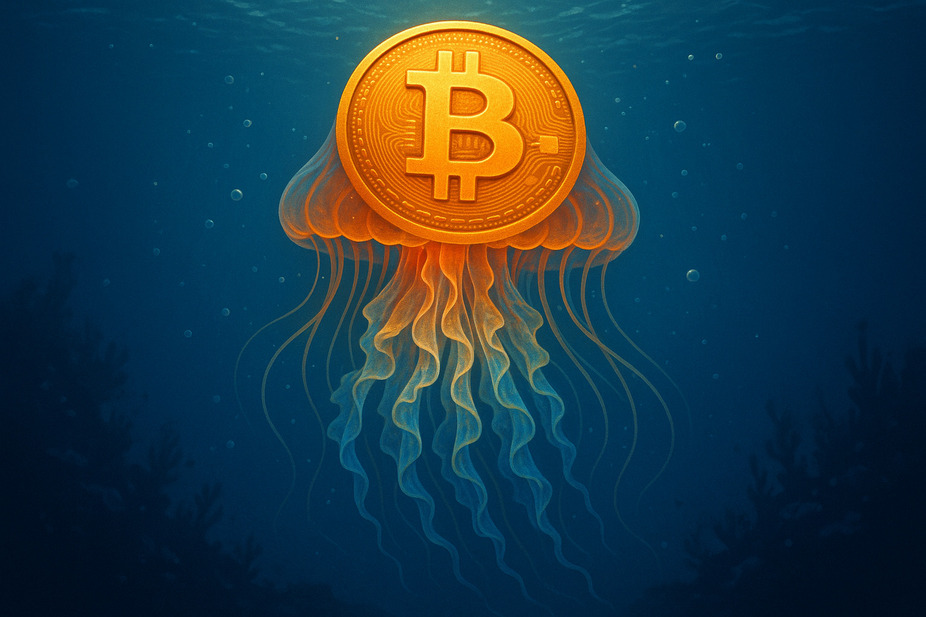Europe’s big digital asset head-scratcher: when tokens can’t move

So, here’s a bit of a conundrum that European regulators are facing. They’ve built this whole rulebook for digital assets, but it’s based on one big assumption: that every digital asset (or “token”) is meant to be transferred, bought, and sold easily.
The problem? Not all digital assets are designed that way! Think about things like shares in a private company that aren’t publicly traded, or special contracts that split revenue and are specifically not meant to be easily passed around. These are often “non-transferable” by their very nature.
Europe’s main crypto regulation, MiCA (Markets in Crypto-Assets), defines things assuming transferability. And older rules like MiFID II, which deals with traditional securities, also focus on assets that can be transferred. This means these “digital but non-transferable” things – basically, digital versions of assets that are legally stuck in place – are falling into a regulatory black hole. Nobody quite knows how to treat them under the current laws.
The EU blockchain sandbox: a clever way out
Luckily, the EU has this cool initiative called the Blockchain Sandbox, where industry and regulators can experiment. And they’ve come up with a brilliant insight: if you create a “digital twin” that perfectly reflects the legal nature of an original non-transferable asset, then that digital twin shouldn’t automatically be slapped with new rules as if it’s a new, easily tradable security token. It should keep the legal status of the original!
Now, some people might worry that making exceptions for non-transferable tokens could open up loopholes. On the flip side, others might argue that any token on a public blockchain is inherently tradable, no matter what. The report says both these gut reactions are understandable, but ultimately, they’re wrong. The key is whether the legal, technical, and contractual stuff all lines up to truly preserve the original asset’s nature. If it does, then its digital representation should be classified the same way.
Tokenization ran ahead of the rules!
At the end of the day, if you put a security (like a bond or a share) on a blockchain, it’s still legally a security. The blockchain doesn’t magically change its fundamental nature. But the flip side is equally important: if you create a digital version of something that’s not transferable, simply putting it on a blockchain doesn’t suddenly turn it into a fancy security token or a crypto-asset regulated by MiCA.
The EU Blockchain Sandbox came up with a really practical way to figure this out:
- First, ask: Is this token a financial instrument under MiFID II (like a stock or bond)?
- If not, then ask: Does it fall under MiCA’s rules for crypto-assets?
- Still no? Then consider: Does it fit under AIFMD (rules for investment funds)?
- If none of the above: Then national law applies.
This order is super important because it stops clever token designs from dictating the legal outcome. That “transferability gate” in MiCA is a huge deal: if a token isn’t transferable, it’s not a MiCA crypto-asset, and all those specific MiCA categories (utility tokens, asset-referenced tokens, e-money tokens) don’t apply.
Beware of “engineering” transferability!
Here’s where it gets tricky: if you create a genuine “digital twin” that exactly mirrors the original asset, its legal classification should stay the same. But if someone tries to add fancy ways to make an otherwise non-transferable asset transferable (even with workarounds), they might inadvertently create a new kind of instrument that does fall under MiCA or MiFID II.
Basically, if developers want to make a digital version of something non-transferable, but then they bolt on transferability features because people want liquidity, they’re not really mirroring the original asset anymore. They’re making something new, which means it could get caught by different regulations than the original asset. So, you need smart technical measures, full compliance, and solid legal advice tailored to specific national laws to avoid accidentally reclassifying your asset.
What the EU blockchain sandbox made clear
For the participants in the Sandbox, their talks with regulators really cemented what’s now called the “digital twin” test. It’s simple:
- If your token is a perfect digital copy of the original asset, its legal status doesn’t change.
- But if your tokenization adds new features, like making it transferable when the original wasn’t, then its legal classification could change. This also aligns with how they figure out if tokens qualify as financial instruments under MiFID II.
The report also dives into what “non-transferability” truly means. It’s not enough to just have contractual limits or a “whitelist” of approved buyers. The real deal is when it’s technically impossible to transfer it to anyone other than the original issuer or offeror, with clear rules for redemption and reissuance if the holder changes. That’s the kind of engineering that keeps a token outside MiCA’s transferability bucket.
Why this fix matters for europe’s market
Supervisors don’t need a whole new law to handle innovative digital assets. What they need is clear, practical guidance that basically formalizes the Sandbox’s approach and that “digital twin” test. It should go like this:
- Start with MiFID II.
- If it’s not a MiFID II thing, check MiCA.
- If neither applies, see if it’s a digital twin of an asset already recognized under national law (like those private company shares).
This structured conversation between regulators and the industry, like what happened in the Sandbox, is incredibly valuable for sorting out these legal gray areas. It means clarifying how existing laws like MiFID II, MiCA, and AIFMD work with tokenization, and tackling the uncertainties head-on. The core ideas here are digital twins, transferability, and fungibility – these are the key features that directly determine how an asset is legally classified.
The next step will likely be seeing how different national sandboxes across Europe apply these principles consistently. If they can achieve some uniformity, it’ll make the whole European market much more legally certain.
Having clear rules would unlock compliant tokenization for Europe’s huge market of private companies and various contractual rights. It would also prevent developers from accidentally creating something that gets reclassified into a transferable asset, which could deter innovation. By clearly separating true “digital twins” from assets where transferability has been “engineered” in, Europe can keep real-world asset (RWA) tokenization happening within its own borders, rather than pushing developers to other regions.
The bottom line
Tokenization isn’t some magic bullet that lets you bypass rules, but it’s also not a regulatory trap. The EU Blockchain Sandbox has shown a smart way forward. Now, it’s up to the supervisors to make these guidelines official so builders know exactly where the boundaries are and investors understand what they’re actually buying. That’s how Europe can protect its markets while still fostering innovation.












